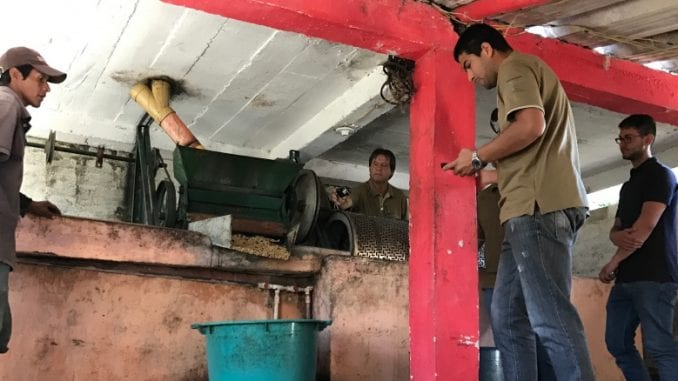
As a member of the team of Ally Coffee, contributor Rachel Northrop discusses, in this two-part series, the realities of growing coffee and how to create open communication and collaboration between producers.
BY RACHEL NORTHROP
SPECIAL TO BARISTA MAGAZINE
Photos courtesy of Ally Coffee
Part 1: Collaboration in Action
A few weeks ago, high in the Andes mountains of Colombia’s Nariño Department, a group stood under the plastic roof of a solar dryer. Golden honey-processed coffee rested on the mesh of raised beds, lush green coffee trees waved on all sides, and breathtaking landscapes in the distance framed the small farm’s patio. One of the group members slid the frame of a raised bed back and forth on its track, recording the movement on his GoPro camera. The rest huddled around the screen of a cell phone, watching footage of mechanized harvest equipment in Brazil spitting out a rainbow of red, green, and yellow coffee cherries into the bed of a tractor. This is agriculture without borders.
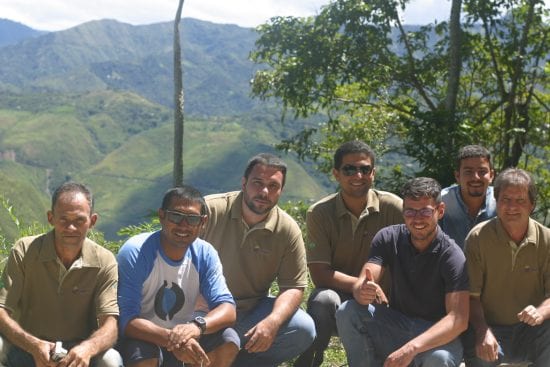
Producing coffee is difficult and labor intensive. The coffee industry is more aware than ever of these facts, and there is no shortage of nonprofits, government initiatives, check-off funds, and projects designed to improve producer payouts, efficiency, and quality. There is also a full calendar of conferences and summits discussing problems and positing solutions. But the loaded question remains: How much of this chatter makes it back to farms, how much is applied, and how much tangibly benefits the people it’s intended to support?
As a team member at Ally Coffee, I had the opportunity to participate in a different kind of coffee innovation: a producer-to-producer exchange that that took place across thousands of miles, involved collaboration in four languages, and originated completely organically.
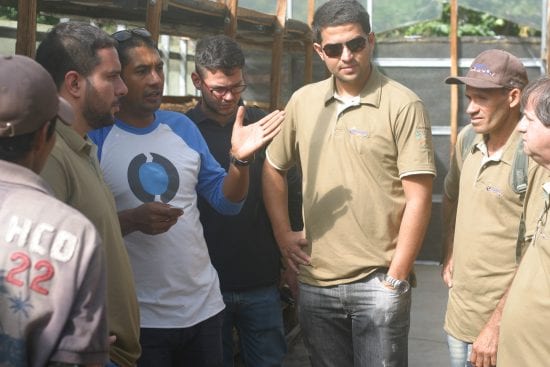
Ally Coffee is part of Grupo Montesanto Tavares, headquartered in Belo Horizonte, Minas Gerais, Brazil. The other companies in the group are all involved in coffee agriculture—producing, processing, exporting, and transporting green coffee. The group constitutes one of the country’s largest exporters and works closely with many agricultural and research organizations in Brazil, including EMATER-MG, the Minas Gerais Rural Agricultural Extension Assistance Service.
In late 2016, EMATER held the Minas Gerais Coffee Quality Competition, a Cup of Excellence-style contest evaluating coffee samples from producers in the state’s four growing regions: Chapada de Minas, Patrocinio/Cerrado, Sul de Minas, and Matas de Minas, in both Natural and Pulped Natural categories. Similar to the way that Ally Coffee sponsors the prize trip for the winners of the Coffee Championships competitions hosted by SCA, Atlantica Coffee, a producer and exporter belonging to the same group as Ally, sponsored the Minas Gerais competition’s grand prize: a trip to Colombia.
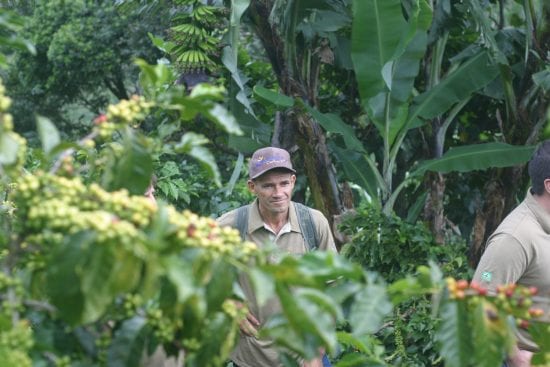
To host the trip, Atlantica turned to Ally, which, as a specialty coffee importer, has strong connections with many producers in Colombia. To introduce Brazil’s winning producers to Colombia’s range of coffee production styles, Ally invited participants to visit estates, co-ops, and smallholders in Nariño.
Several prominent producers and the local Cooperative de Cafes Especiales de Nariño acted as tour guides, educators, and friends during the days the group spent in Nariño’s coffee mountains. They opened their own farms and coordinated visits to several others.
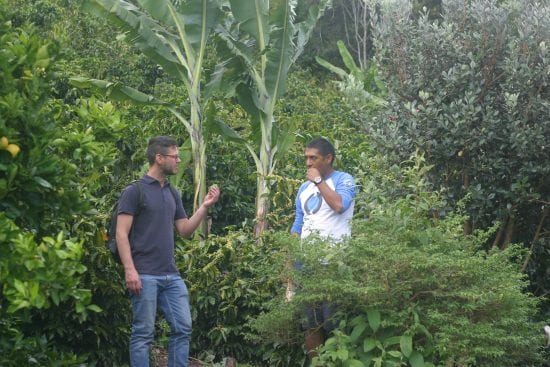
Specialty coffee producers understand that part of their business model as producers of a differentiated micro-lots is to host buyers. These visits are usually largely explanatory, with producers walking the roaster, café owner, or barista through the production process. There is of course an exchange element too, as growers learn how their coffee is prepared and sold, which coffees are preferred by customers, and what trends are gaining popularity. But the exchange is vertical—between upstream and downstream links in a long supply chain.
The Brazil-Colombia producer-to-producer exchange was lateral. Gone were terminal questions like, “How many days do you dry coffee? When do you harvest?” and instead producers asked each other questions like, “How do you decide how many days to dry? How does drying with the mucilage intact in the honey process affect final moisture percentages? Why do you harvest only the ripe cherries? How can you afford to pay that much manual labor? Why do the cherries fall off after ripening rather than drying on the trees?”
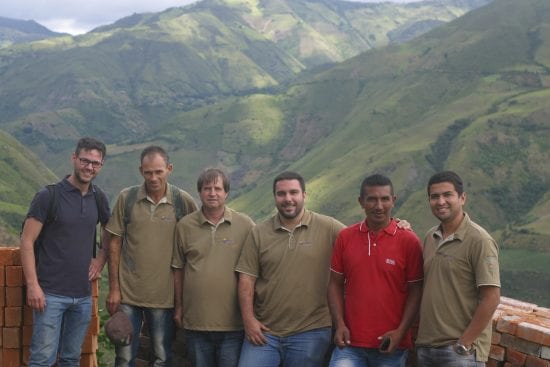
Producers from Brazil and Colombia have different perspectives based on the standard practices and available technologies in the various regions of their respective countries, but they all share an agriculture-centric point of view. Their core concerns remain how to grow coffee and how to sell it.
Everyone involved in the trip had different responses to those quandaries. Participants from Colombia included an architect who formerly grew wheat and apples, a bilingual backpacker turned cupper, and a honey-processed-Geisha experimentalist. Brazil participants included an Italian-born farm manager who only sells coffee in 1,000-pound super-sacks, an agricultural technical assistant, and a family man whose eyes teared up every time he spoke about his wife, sons, and the mountains they call home.
Part 2 of this series will cover more of the content producers exchanged.
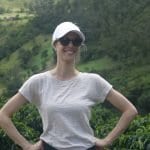 ABOUT THE AUTHOR
ABOUT THE AUTHOR
Rachel Northrop writes about the nuances of coffee’s global supply chain and works as a green coffee sales rep for Ally Coffee’s specialty division, where she connects roasters with meaningful information about agriculture and community at coffee origins.

